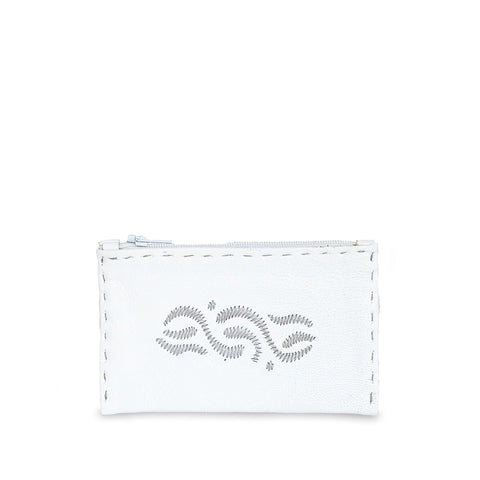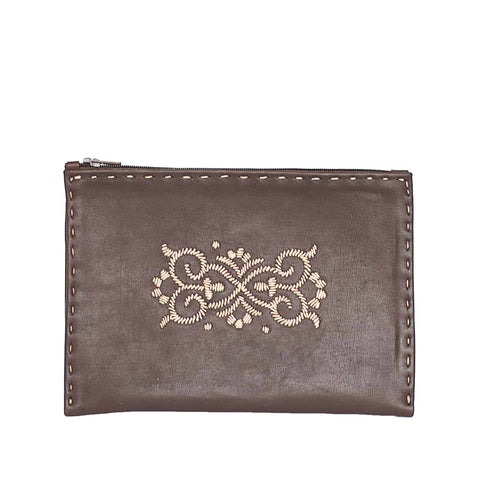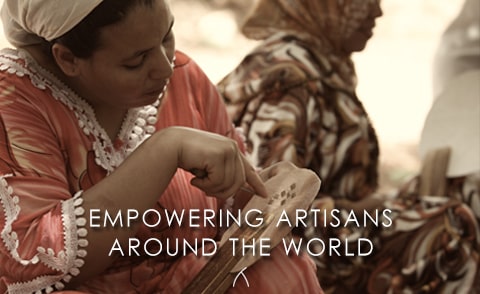
Morocco may enchant you with its beauty and colour but will definitely capture your heart with its people. Kindness and hospitality reign in this gorgeous and mesmerising place.
MOROCCAN CULTURE

Morocco is an ethnically diverse country with a rich culture and civilization. Culturally speaking, Morocco has always been successful in combining its Berber, Jewish and Arabic cultural heritage with external influences such as the French (protectorate until 1956) and the Spanish and, during the last decades, the Anglo-American lifestyles. Since independence, Morocco is a constitutional monarchy with an elected parliament and a real blossoming has taken place in all disciplines of the arts like painting and sculpture, music, theatre, and filmmaking. Also Moroccan and especially the Berbers are know for their amazing hospitality: being invited for a tea or even lunch by a local is considered common courtesy.
Most Berbers are Sunni Muslim today, though the matriarchal approach they adopt, differs with strongly from other Sunni Muslims. Women play a very central role in Berber society.
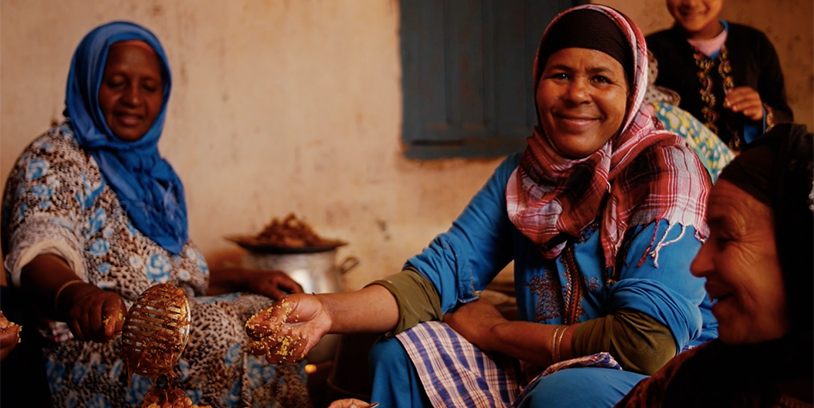
HANDMADE IN MOROCCO
THE MOROCCAN CRAFTS

Moroccan handicrafts are full of stories. Technique, passed on through specialist guilds where a master maâlem teaches apprentices and examines their skills, is at the core of Moroccan crafts. An extensive repertoire of designs combines Arabic calligraphy, graceful foliage, and abstract geometry typical of urban design with the sharply stylized birds, animals, zigzags, triangles, and squares of Berber origin. Morocco's craft culture fuses indigenous Berber traditions with Arab, Jewish, Andalusian, and other European influences (particularly France). They are working mostly with local materials which include stone, wood, metal, mineral and clay deposits, and supplies of leather and wool.
From dyeing the leather with plants to using thread from a cactus, the craft is genuine and the makers fond for the Earth.
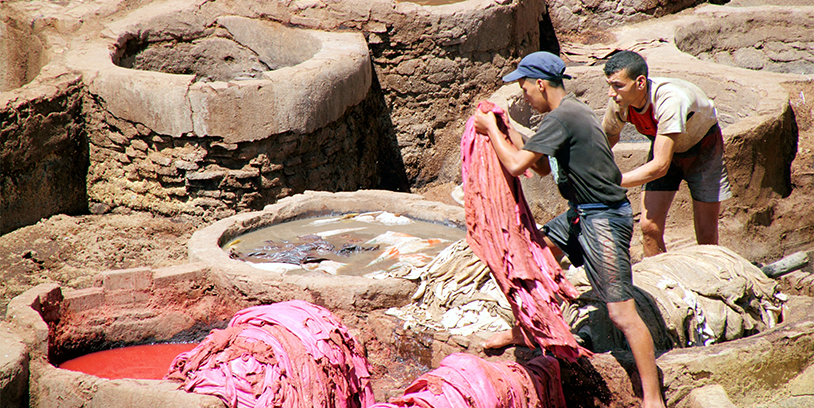
THE MOROCCAN PEOPLE
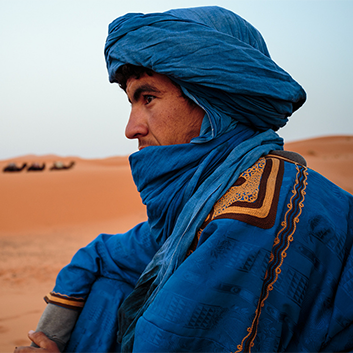
The Berbers, or Imazighen (“free men”), are not only an ancient culture but also a very open one. They are most known for their great appreciation of nature and freedom. Their identity lies in the effortless mixture of African, European, Oriental and Mediterranean influences. Imazighen were known for two things: fighting and farming. This may seem paradoxical but the combination of these two elements is at the core of the Berber identity. Through their love of their land, they developed a strong sense of community and hospitality, all the while preserving their culture and identity by resisting assimilation for millennia.
Though their history spans 9000 years, the Berbers are open to change and adding new lines to their story by adapting to the modern world.
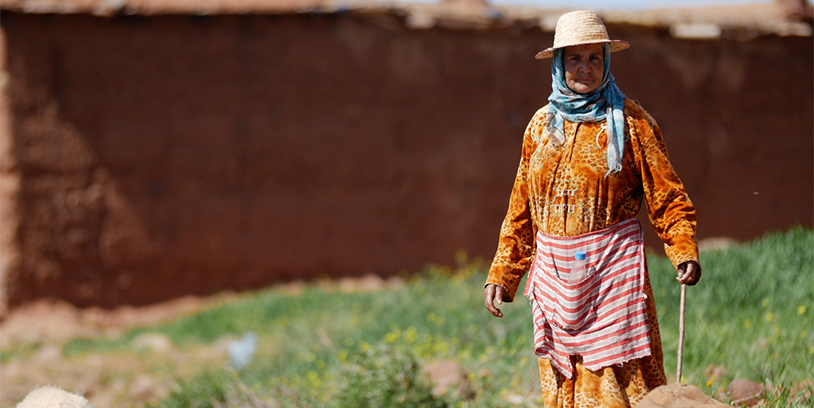
DISCOVER OUR BLOGZINE
Hours of education
have been given back to the ABURY communities.
have been given back to the ABURY communities.
To pay fair salaries is a start, but not enough!
Every time you buy an ABURY product,
you are transforming its hours of production in hours of Education
to the Communities where the product was made.
Learn more about the ABURY Foundation and our projects
for social development in the ABURY communities.

